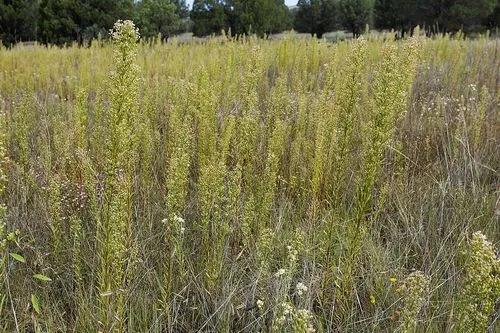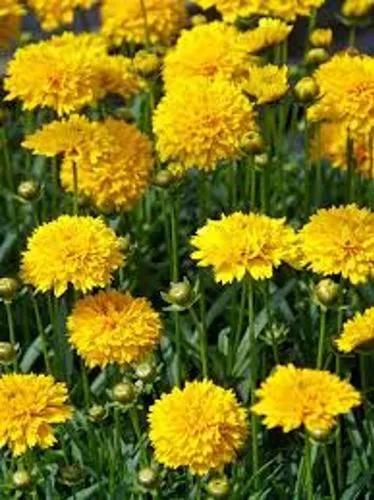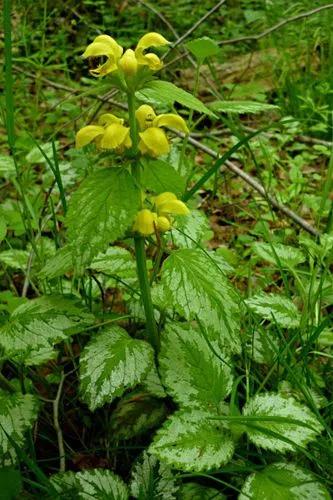The parsnip is a root vegetable closely related to carrot and parsley; all belong to the family Apiaceae. It is a biennial plant usually grown as an annual. Its long, tuberous root has cream-colored skin and flesh.
Parsnip Care
Pastinaca sativa



The parsnip is usually cooked, but it can also be eaten raw. It is high in vitamins and minerals, especially potassium. It also contains antioxidants and both soluble and insoluble dietary fiber. It's even easier to grow parsnips than to grow their close cousin, carrots, Parsnips look like colorless carrots, but with their own complex, sweetly spicy earthiness. Parsnips are native to the Mediterranean region and have been a popular European food since at least the ancient Romans. The early English settlers brought parsnips with them to America, but they have been overshadowed by both carrots and potatoes. However, they grow well in most areas, although they require a long growing season. A bit of frost will sweeten their flavor and the roots can be stored and used throughout the winter.
How to Care for the Plant

Water

At least an inch of water per week is vital for good root development. A regular deep watering, rather than a sprinkling now and then, will encourage deep root growth and keep the plants from stress.

Fertilizer

Add compost to enrich the planting area. You can apply organic mulch to the area to help preserve water. Fertilize consistently every month to support growth throughout the season.

Sunlight

Parsnips should be grown in full sun to partial shade.

Soil

Parsnips need sandy, loamy soil with a pH between 5.8 and 7.5. Soil should be fertile and well-draining.

Temperature

Parsnips are slow to germinate and require a longer growing season than carrots. Timing is crucial if you want to succeed when growing this vegetable. As soon as snow and ice have melted and the soil is no longer frozen, get outside and sow parsnip seeds directly, typically 3-5 weeks before the last frost date in your area.

Popularity

316 people already have this plant 61 people have added this plant to their wishlists
Discover more plants with the list below
Related articles






